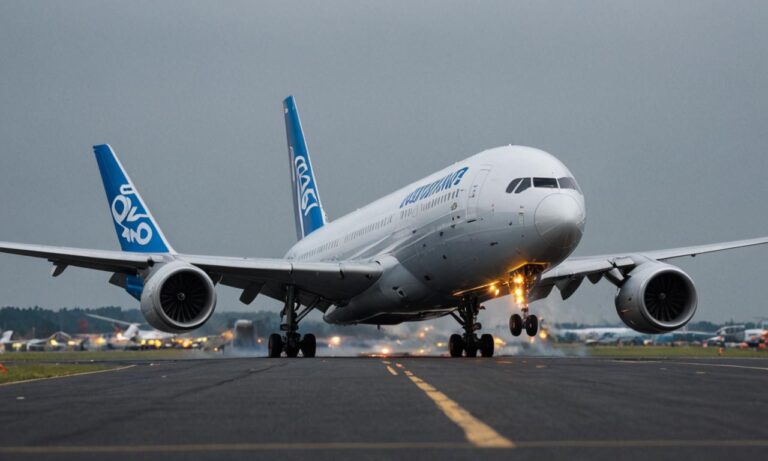When it comes to comparing two stalwarts in the world of aviation, the Airbus A330 and the Boeing 787 often find themselves under scrutiny. Both aircraft are celebrated for their advanced technology, efficiency, and comfort, but each has its unique features that cater to different needs and preferences.
Design and Construction
The Airbus A330 boasts a traditional design with a wide fuselage and a twin-aisle configuration, making it a popular choice for long-haul flights. On the other hand, the Boeing 787 features a sleeker, more modern design with a composite fuselage, which reduces weight and enhances fuel efficiency.
Range and Capacity
When it comes to range, the Boeing 787 has a slight edge over the Airbus A330. With its advanced engines and aerodynamics, the 787 can fly longer distances while consuming less fuel. However, the A330 offers greater seating capacity, making it ideal for airlines looking to maximize passenger numbers on shorter routes.
Technology and Innovation
Both aircraft incorporate cutting-edge technology and innovation to enhance performance and passenger experience. The Boeing 787 is renowned for its advanced composite materials, improved aerodynamics, and state-of-the-art cockpit technology. Meanwhile, the Airbus A330 features the latest in fly-by-wire technology and cabin amenities designed to provide a comfortable and enjoyable journey for passengers.
Market Demand
In terms of market demand, both the Airbus A330 and the Boeing 787 enjoy significant popularity among airlines worldwide. The A330 has a long-standing reputation as a reliable workhorse for both passenger and cargo operations, while the 787 has garnered attention for its fuel efficiency and passenger comfort.
Cost and Efficiency
When it comes to operating costs, the Boeing 787 generally has a slight advantage over the Airbus A330 due to its lighter weight and fuel-efficient engines. However, the A330 offers lower acquisition costs, making it an attractive option for airlines looking to expand their fleet without breaking the bank.
Both the Airbus A330 and the Boeing 787 are formidable contenders in the commercial aviation market, each offering unique advantages depending on the needs of airlines and passengers. While the Boeing 787 excels in fuel efficiency and range, the Airbus A330 shines in terms of capacity and affordability. Ultimately, the choice between the two aircraft comes down to individual preferences, route networks, and long-term business strategies.
Environmental Impact
One crucial aspect that distinguishes between the Airbus A330 and the Boeing 787 is their environmental impact. While both aircraft have made strides in fuel efficiency, the Boeing 787’s composite fuselage and advanced engine technology contribute to lower carbon emissions compared to the Airbus A330. Airlines increasingly prioritize sustainability, making the 787 a more appealing choice for environmentally conscious carriers.
Comparison Table: Environmental Impact
| Aspect | Airbus A330 | Boeing 787 |
|---|---|---|
| Fuel Efficiency | Efficient but less than 787 | Highly efficient |
| Carbon Emissions | Relatively higher | Lower |
Passenger Experience
While both aircraft prioritize passenger comfort, there are differences in the overall experience. The Airbus A330, with its wider fuselage, may offer a more spacious feel for passengers, especially on long-haul flights. However, the Boeing 787’s modern cabin design, larger windows, and advanced air filtration systems provide a more pleasurable journey for passengers, reducing jet lag and enhancing overall satisfaction.
Frequently Asked Questions
- Which aircraft is more environmentally friendly?
- What are the key differences in passenger experience between the A330 and the 787?
See also:






